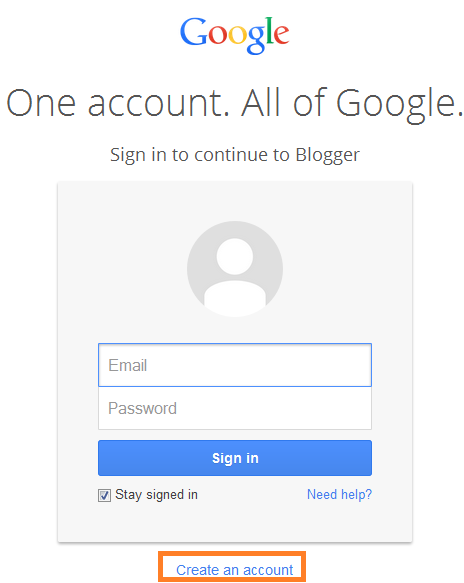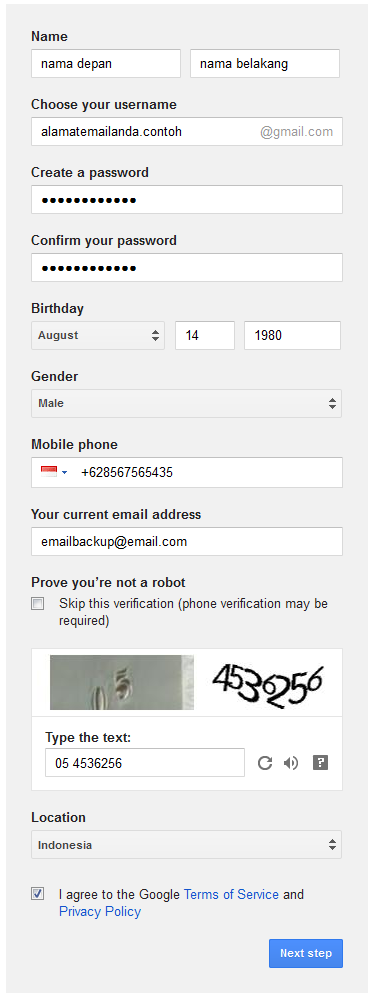Assalamualaikum
wr.wb
Welcome
to my blog!!
I
would like to continue my previous review so check this bellow.
Howard
Schulz, the man who built Starbucks into a colossus, had a very poor and
troubled childhood. His mother would ask him little questions like “How are you
going to study tonight? What are you going to do tomorrow? How do you know you
are ready for the test?” It trained him to set goals.
Schulz
says that he has been lucky. He believes that if you tell people that they have
what it takes to succeed, they will prove you right.
Willpower
is the single most important keystone habit for individual success.
Willpower
isn’t just a skill. It is a muscle and it gets tired as it works harder, so
there is less power left over for other things. If you want to do something
that requires willpower – like going for a run after work – you have to
conserve your willpower muscle during the day. If you use it up too early on
tedious tasks like writing emails or filling out boring forms, all the strength
will be gone by the time you get home.
How
willpower becomes a habit: By choosing a certain behavior ahead of time, and
then following that routine when an inflection point arrives.
When
people are asked to do something that takes self-control, if they think they
are doing it for personal reasons – if they feel like it´s a choice or
something they enjoy because it helps someone else – it’s much less taxing. If
they feel like they have no autonomy, if they´re just following orders, their
willpower muscles get tired much faster.
The
organizational habits— or “routines,” as Nelson and Winter called them— are
enormously important, because without them, most companies would never get any
work done. Routines provide the hundreds of unwritten rules that companies need
to operate. They allow workers to experiment with new ideas without having to ask
for permission at every step. Routines provide the hundreds of unwritten rules
that companies need to operate. They allow workers to experiment with new ideas
without having to ask for permission at every step. They provide a kind of
organizational memory, so that managers don’t have to reinvent the sales
process every six months or panic each time a VP quits. Routines reduce
uncertainty.
Among
the most important benefi ts of routines is that they create truces between
potentially warring groups or individuals within an organization.
Companies
aren’t families. They’re battlefi elds in a civil war.
Yet
despite this capacity for internecine warfare, most companies roll along
relatively peacefully, year after year, because they have routines— habits—
that create truces that allow everyone to set aside their rivalries long enough
to get a day’s work done. Organizational habits offer a basic promise: If you
follow the established patterns and abide by the truce, then rivalries won’t
destroy the company, the profi ts will roll in, and, eventually, everyone will
get rich.
Truces
are only durable when they create real justice. If a truce I unbalanced – if
the peace isn’t real – the routines often fail when they are needed the most.
Creating
successful organizations isn’t just a matter of balancing authority, for an
organization to work, leaders must cultivate habits that both create a real and
balanced peace and, paradoxically, make it absolutely clear who´s in charge.
A
company with dysfunctional habits can’t turn around simply because a leader
orders it. Rather, wise executives seek out moments of crisis – or create the
perception of crisis – and cultivate the sense that something must change,
until everyone is finally ready to overhand the patterns they live with each
day.
Chapter 7: HOW TARGET KNOWS WHAT
YOU WANT BEFORE YOU DO – When Companies Predict (and Manipulate) Habits
The
first things you see upon entering the grocery store are the fruits and
vegetables arranged in attractive, bountiful piles. If we start our shopping
sprees by loading up on healthy stuff, we´re much more likely to buy Doritos or
frozen pizza when we encounter them later on.
Peoples
buying habits are more likely to change when they go through a major life
event. When someone gets married, for example, they are more likely to start
buying a new type of coffee.
Sticky
songs are what you expect to hear on radio. Your brain secretly wants that
song, because it’s so familiar o everything else you’ve already heard and
liked. It just sounds right.
The
areas in the brain that process music are designed to seek out patterns and
look for familiarity. Our brains crave familiar music because familiarity is
how we manage to hear without becoming distracted by all the sound. That’s why
songs that sound familiar – even if you’ve never heard them before – are
sticky. Our brains are designed to prefer auditory patterns that seem similar
to what we´ve already heard. When Celine Dion releases a new song and it sounds
the same as her previous songs, our brains unconsciously crave its
recognizability and the song becomes sticky.
We
react to the cues (this sounds like all the other songs I’ve ever liked) and
rewards (its fun to hum along) and without thinking, we either start singing,
or reach over and change station.
If
you dress a new something in old habits, it’s easier for the public to accept
it.












































